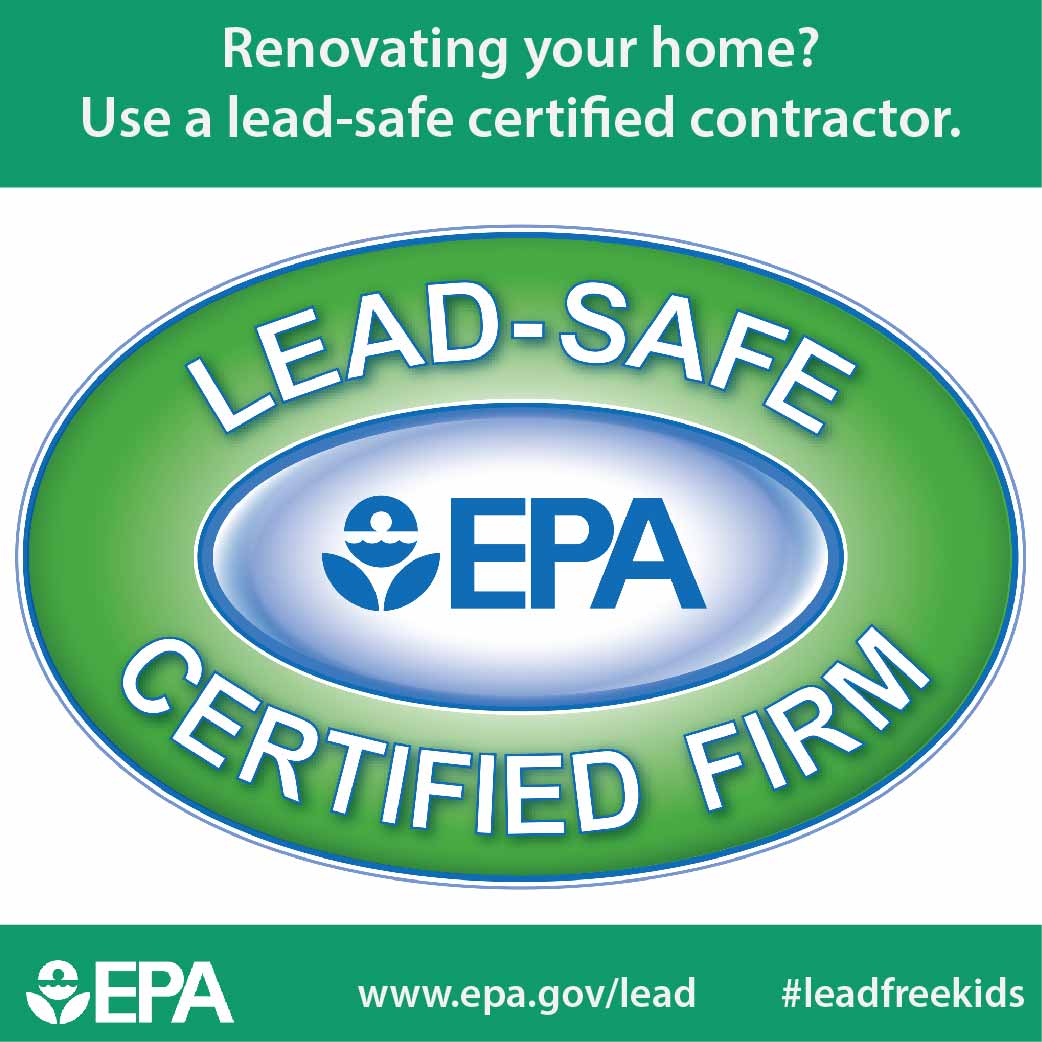Crucial Seasonal Aspects Of Commercial Exterior Paint: What You Need To Understand
Crucial Seasonal Aspects Of Commercial Exterior Paint: What You Need To Understand
Blog Article
Write-Up Produced By-Fox Rodriquez
When you're preparing an industrial exterior paint job, seasonal factors can make or damage your outcomes. You'll want to think about just how temperature level and humidity influence paint application and drying times. Picking the best period can ensure your paint adheres correctly and lasts longer. Yet which Recommended Internet site are absolutely the very best for this sort of work? Allow's explore the key elements that can influence your project's success.
The Impact of Temperature on Paint Application
When you're planning a commercial outside painting job, the temperature level can substantially impact how well the paint sticks and dries out.
Preferably, you intend to paint when temperature levels vary in between 50 ° F and 85 ° F. If it's as well cool, the paint might not treat effectively, leading to concerns like peeling or fracturing.
On the other side, if it's too hot, the paint can dry too swiftly, avoiding correct attachment and causing an irregular coating.
You need to likewise think about the moment of day; morning or late afternoon offers cooler temperatures, which can be extra desirable.
Constantly examine the maker's recommendations for the certain paint you're using, as they typically supply support on the optimal temperature variety for optimum results.
Moisture and Its Impact on Drying Times
Temperature isn't the only environmental aspect that affects your commercial external painting project; humidity plays a substantial role too. Read More Here can decrease drying out times dramatically, affecting the general top quality of your paint work.
When the air is saturated with wetness, the paint takes longer to heal, which can bring about concerns like poor attachment and a higher risk of mold development. If you're painting on a specifically moist day, be gotten ready for prolonged wait times between coats.
It's critical to monitor local weather and strategy accordingly. Ideally, go for moisture levels between 40% and 70% for optimal drying out.
Keeping these factors in mind ensures your job remains on track and supplies an enduring finish.
Best Seasons for Commercial Exterior Painting Projects
What's the best time of year for your commercial external painting jobs?
Spring and early autumn are generally your best bets. Throughout these periods, temperatures are light, and humidity degrees are typically lower, developing excellent conditions for paint application and drying out.
Avoid summer's intense heat, which can trigger paint to dry too quickly, causing bad bond and coating. In a similar way, winter's chilly temperature levels can impede proper drying out and treating, risking the durability of your paint job.
Aim for days with temperatures in between 50 ° F and 85 ° F for optimum results. Keep in mind to check the local weather forecast for rainfall, as wet conditions can destroy your task.
Planning around these elements guarantees your paint project runs efficiently and lasts longer.
Conclusion
In conclusion, preparing your industrial external paint jobs around seasonal factors to consider can make a substantial difference in the outcome. By scheduling job throughout the excellent temperatures and moisture degrees, you'll guarantee better bond and drying out times. Bear in mind to watch on local weather forecasts and choose the right time of year-- springtime and very early fall are your best bets. Taking these actions will certainly assist you attain a long lasting and expert coating that lasts.
